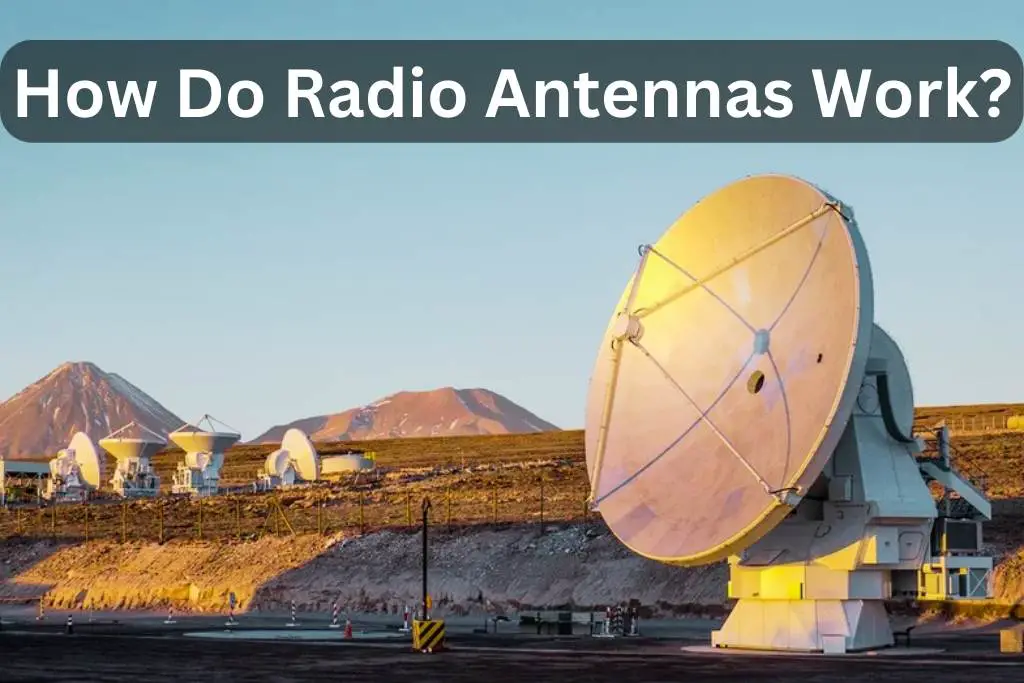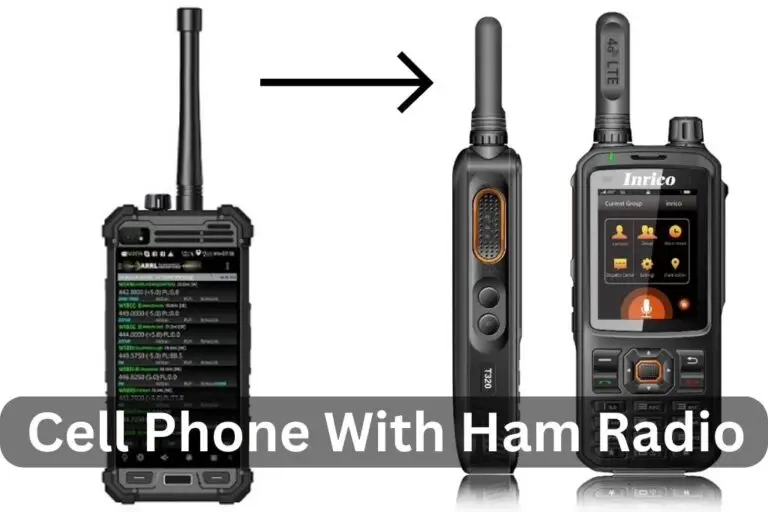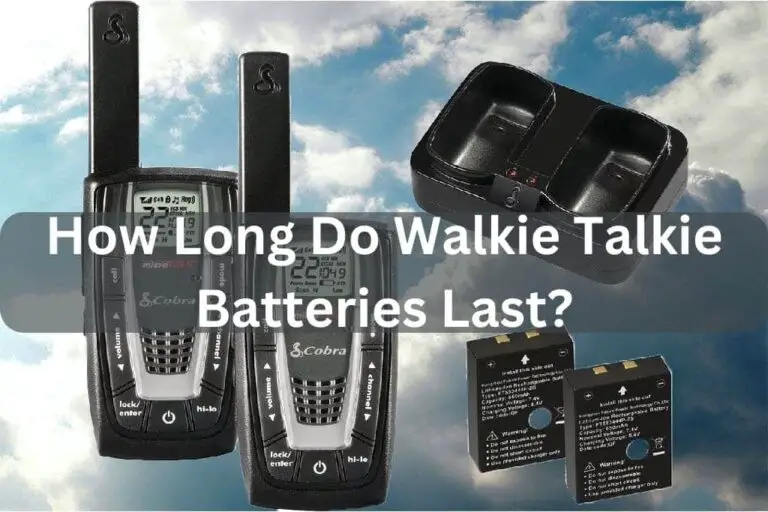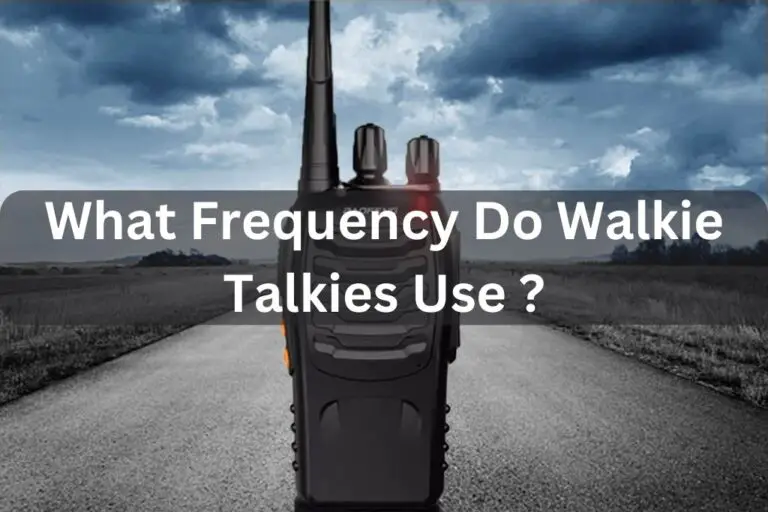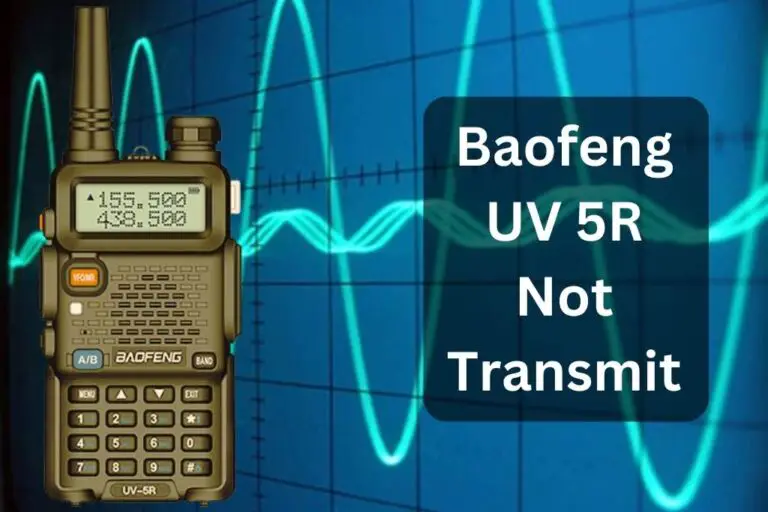How Do Radio Antennas Work? – Ultimate Guide 2024
Radio antennas play a crucial role in our modern world, enabling seamless communication by converting electrical currents into electromagnetic waves and vice versa.
Understanding the fundamental principles of How do radio antennas work unveils the remarkable technology behind radio broadcasts, wireless communications, and other long-range electromagnetic communication systems.
In this article, we’ll delve into the workings of various antennas and explore essential concepts.
Here Are Some Of The Antennas And Their Use:
Dipole Antenna:
A dipole antenna, composed of two conductive elements in a straight line, is a primary radio antenna. Connecting to a transmitter creates an electric field that generates electromagnetic waves.
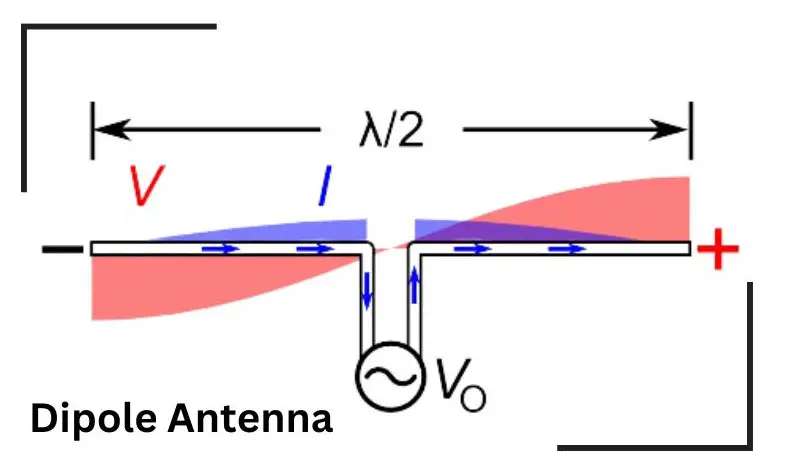
When receiving signals, it captures electromagnetic waves and converts them into electrical signals for the receiver to process.
Loop Antenna:
A loop antenna employs a wire loop to transmit and receive radio waves. It generates a magnetic field around the circle, which induces an electrical current when exposed to electromagnetic waves.
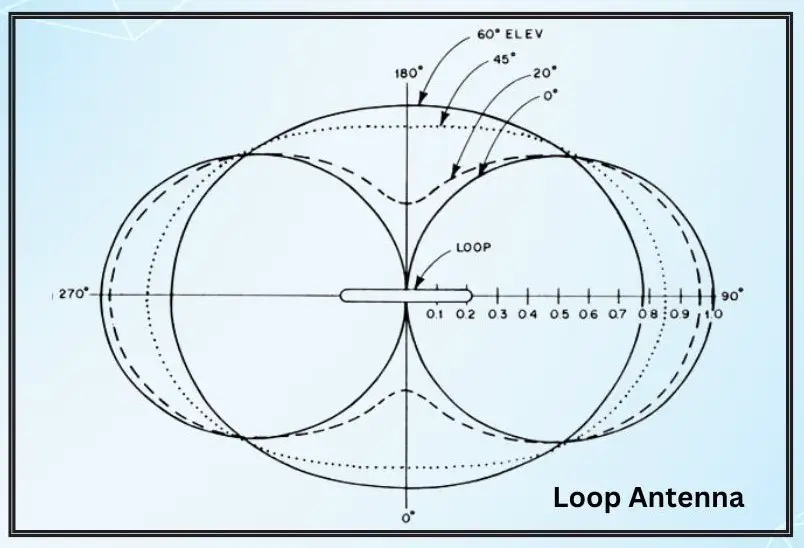
This current is then amplified and converted into usable signals for communication or reception, commonly used in portable radios.
Yagi Antenna:
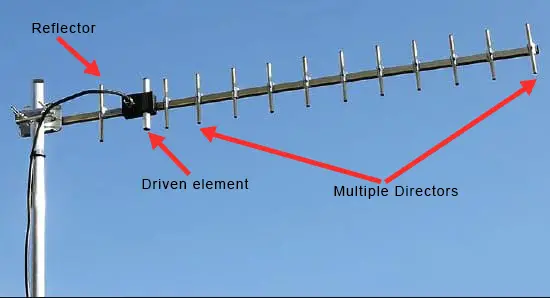
Yagi antennas are directional antennas designed for long-range communication.
Comprising a driven element, reflector, and directors, they focus signals in a specific direction, enhancing the antenna’s gain for point-to-point communication.
Patch Antenna:
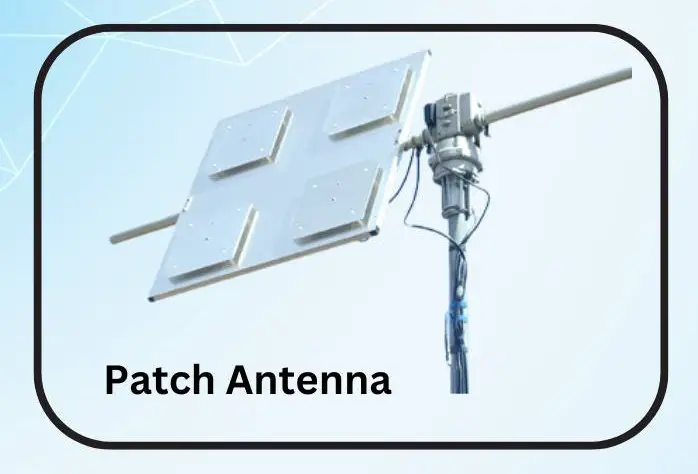
Compact and flat patch antennas consist of a conductive patch mounted on a substrate with a ground plane beneath it.
Their size and shape determine the operating frequency, making them ideal for wireless communication systems with a directional radiation pattern.
Parabolic Antenna:
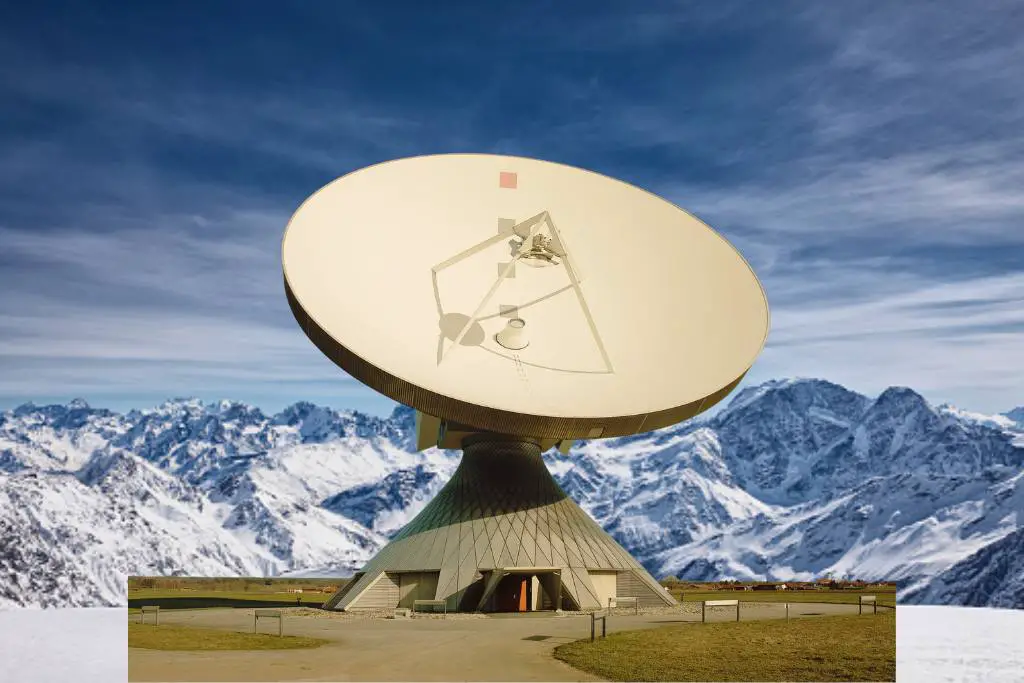
Parabolic antennas use a curved reflector to focus radio waves onto a receiver or transmit them in a specific direction.
This precise electromagnetic wave concentration results in high gain and long-range communication, making them familiar in satellite and wireless internet applications.
AM/FM Radio Antenna:
AM/FM radio antennas receive signals from AM (Amplitude Modulation) and FM (Frequency Modulation) stations.
AM antennas are typically long wires or poles that resonate with lower frequencies.
In comparison, FM antennas are shorter and capture higher frequencies, converting the waves into electrical signals for audio reception.
These antennas convert the electromagnetic waves into electrical signals for the radio receiver to amplify and convert into audio.
Satellite Antenna:
Satellite antennas facilitate communication with satellites orbiting the Earth by focusing and directing radio waves.
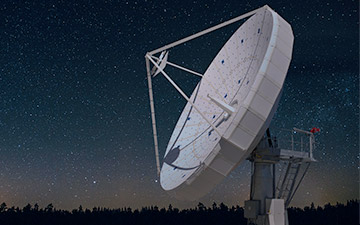
Their parabolic shape gathers and concentrates signals for various applications, such as television broadcasting, internet connectivity, and navigation systems.
Weak Radio Signal:
Weak radio signals, often caused by distance, obstacles, interference, or signal degradation, can be addressed using amplifiers, signal repeaters, and improving overall signal quality through better equipment and signal processing techniques.
Antenna Positioning:
Antenna positioning is critical for optimal performance. Factors like line of sight, interference sources, and desired coverage area influence positioning.
Aligning the antenna with the target and minimizing obstructions maximizes signal strength and reduces degradation.
Building A Radio Antenna:
To build a radio antenna, follow these steps:
- Determine the desired frequency range.
- Select the appropriate antenna type.
- Gather materials.
- Construct the antenna.
- Connect it to a receiver or transmitter to send or receive radio signals.
How Do Antennas Work?
Antennas operate based on electromagnetic principles. Alternating current flowing through an antenna generates an electric field that creates electromagnetic waves.
The antenna’s dimensions are designed to match the desired frequency, ensuring efficient transmission and reception of radio waves.
This results in efficient transmission or reception of radio waves.
How Do Radio Transmitters Work?
Radio transmitters convert audio or data signals into electromagnetic waves for wireless communication.
This process involves modulation, amplification, and transmission via an antenna, with various components ensuring signal stability and compliance with regulatory limits.
Frequently Ask Questions
How Do Antennas Work For Dummies?
Antennas work like “ears” for radios. They receive and transmit radio waves by converting electrical signals into electromagnetic waves and vice versa.
What Is The Main Difference Between A Radio Transmitter And An Antenna?
A radio transmitter generates and amplifies electrical signals for wireless communication, while an antenna is a passive device that radiates or receives electromagnetic waves.
Does Touching Radio Antenna Improve Reception?
Yes, touching a radio antenna can sometimes improve reception as the human body acts as an additional conductor, increasing the antenna’s effective length. However, the effect varies depending on specific antenna designs and environments.
How Are Radio Waves Generated At The Antenna?
Radio waves are generated at the antenna when an alternating current flows through it, creating an oscillating electric field that produces electromagnetic waves that propagate through space as radio waves.
Final Thought : (How Do Radio Antennas Work)
I hope know you are well aware of how do radio antennas work. Radio antennas are essential for transmitting and receiving radio signals, enabling various forms of communication. They convert electrical currents into electromagnetic waves, offering different application antenna types.
Understanding their operation helps improve signal strength, antenna positioning, and even building custom antennas. Whether you’re a radio enthusiast or just curious about technology, this knowledge is invaluable in our interconnected world.
Also Read
What Is Two Way Business Radio?

